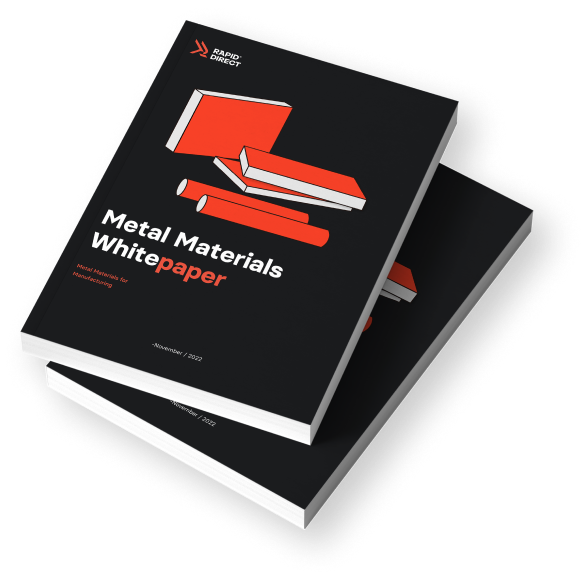Stainless steel is a widely used material in many industries due to its versatility. It is an important part of rapid prototyping due to properties such as tensile strength, anti-corrosion, and anti-rust properties. Using stainless steel comes with understanding its many properties. Therefore, there is a need for a stainless steel material selection guide that discusses the types of stainless steel, stainless steel grades, and properties and uses.
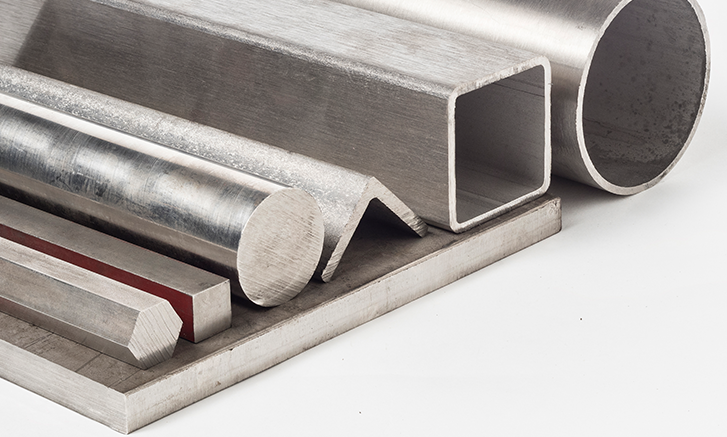
In a bid to make it simpler, this article will act as a stainless steel material selection guide. It will extensively discuss the stainless steel grades, the stainless steel material properties, and various types of stainless steel you can use for your projects. It will also hint at how to select the right stainless steel grades for use in rapid prototyping.
What is Stainless Steel?
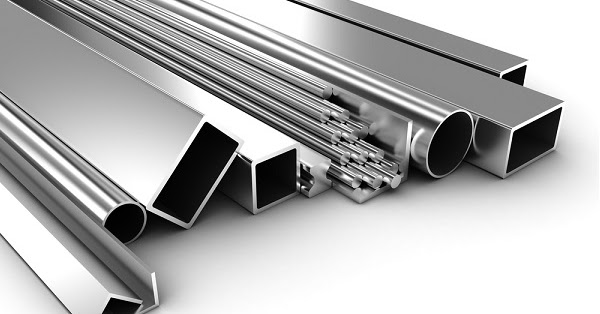
Stainless steel is a ferrous alloy with renowned mechanical properties and features such as anti-corrosion and anti-rust properties. It has primary constituents of iron, carbon, and chromium responsible for the properties above. The latter is responsible for its anti-oxidant property, which is evident in its anti-corrosive and anti-rust attributes.
Stainless Steel Material Properties
The elements that make up stainless steel material contribute significantly to its many mechanical and chemical properties. Consequently, it is an important material in rapid prototyping processes such as sheet metal fabrication, CNC machining, etc. The stainless steel material properties listed below are dependent on the stainless steel grades you want to use. However, below are the general stainless steel material properties common to any grade you will likely use.
- Anti-corrosive Property
Due to the presence of chromium, stainless steel possesses a high level of anti-corrosive properties. This is one of the most important steel material properties that make stainless steel widely applicable in many rapid prototyping processes. Furthermore, due to the combination of the elements, it can withstand harsh atmospheric and chemical conditions.
- High Tensile Strength
Another of important stainless steel material property is its high tensile strength. Consequently, stainless steel is highly applicable in making products that can withstand stress and carry more weight.
- Hardness and Toughness
Under extreme conditions, stainless steel can endure and resist friction and chafing. Stainless steel can also absorb energy without experiencing cracks or breakage under stress.
- Ductility
Stainless steel can withstand the strain involved in a fabrication process without losing its form due to its high ductile properties.
Cutting or sizing stainless steel without using high technological machines can be a problem because stainless steel is hard and dissipates heat fast. This will lead to ruined pieces and costly waste when a rework is needed.
Pros and Cons of Stainless Steel
With its many properties, stainless steel has many beneficial uses in various industries. Below are some advantages of using stainless steel material in your next project.
· Anti-corrosion
Chromium is the underlying alloy responsible for the corrosion resistance of stainless steel. Therefore, stainless steel is applicable in fabricating products used in different atmospheric conditions, chlorine, alkaline and acidic environments to resist corrosion. Examples of stainless steel grades that have anti-corrosive properties are Grade 416, 316, 440, 2205, etc.
· Tensile Strength
Compared to other metal types, stainless steel such as grade 416, 431, etc., remains superior as it can withstand stress and carry more weight even in extreme temperatures.
· Low Maintenance
The long-term value of stainless steel outweighs the initial purchase cost, as maintaining it after fabrication is very low.
· Heat Resistant
Stainless steel grades such as grade 2205, 416, 15-5 PH, etc., can withstand scaling from high temperatures; hence, it is better suited for fabrications likely to be exposed to extreme temperatures.
However, even though it has a wide range of applications due to its properties, stainless steel also has some disadvantages. Below are some disadvantages of using stainless steel material in your next project.
· High cost
A significant disadvantage of stainless steel is its high cost over other steel types because of the additional alloying elements like nickel, chromium, and others that it contains. These elements are what give it its anti-corrosion properties. The process used in finishing and polishing stainless steel is also expensive.
· Smudging
Products made from stainless steel are not smudge-proof, reducing the appeal of products made from it.
· Challenging to fabricate
Depending on the stainless steel grades you are using, fabrication can be a huge problem. Therefore, you must understand the different stainless steel grades before choosing the right one.
Different Types of Stainless Steel
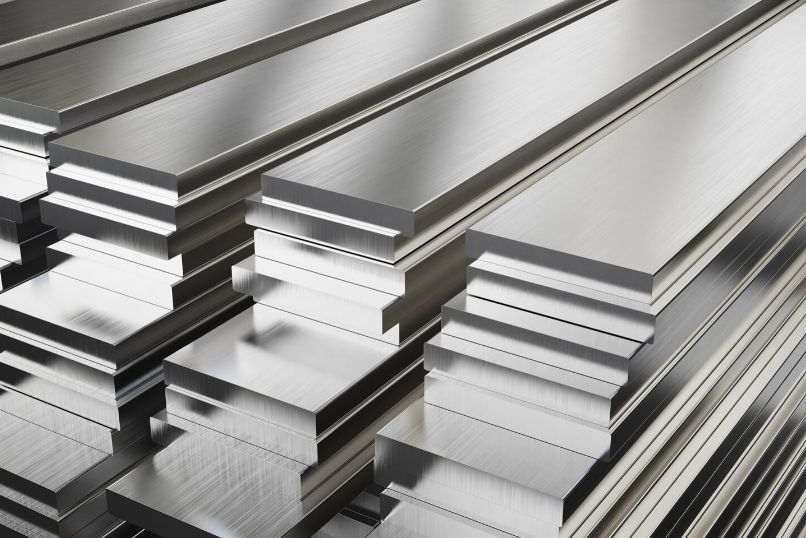
Before deciding on the steel grade to use for your project, you must know the various types of stainless steel available to use. The different stainless steel grade has different properties. Consequently, they are suitable choices in different scenarios. Below are the major types of stainless steel and the stainless steel grades under them.
Ferritic Stainless Steel
Ferritic stainless steel is used in engineering applications because of its superior strength. They contain more iron and chromium and small amounts of other alloys and possess a body-centered cubic crystal structure (BCC) similar to pure iron or carbon steel.
This structure makes it impossible to harden ferritic stainless steel using heat treatment. Ferritic stainless steel also cost less and is a great choice in applications where aesthetics is not a priority.
Nickel, Manganese, Silicon, Phosphorus, Sulphur, and Titanium are common alloy elements found in different grades of ferritic steel. The following are common stainless steel grades in the ferritic steel family:
· Grade 409
This stainless steel grade possesses high mechanical properties and high corrosion resistance in extreme temperatures. It is used for automobile exhausts and fabrications exposed to high temperatures.
· Grade 416
This ferritic steel grade is the most machinable among the others listed. Consequently, it is applicable in fabricating screw-machined components, nuts, pump and motor shafts, valves, and gears.
· Grade 430
Ferritic stainless steel grade 430 has a moderate corrosion property. It is also resistant to heat and oxidation. Consequently, it is a common stainless steel grade in fabricating products used in food industries and domestically.
Austenitic Stainless Steels
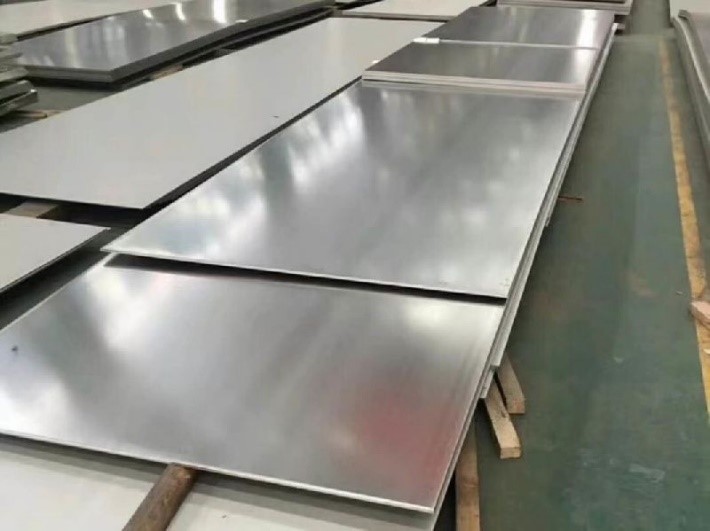
Austenitic stainless steels like the 316 stainless steel are one of the most popular steel grades in the market. They have a face-centered cubic (FCC) crystal structure and a high chromium and nickel content. Therefore, are exceptionally anti-corrosive and non-magnetic properties, especially after annealing.
Austenitic stainless steel also performs well in low-temperature applications because of its high nickel content and hardens by cold working. Therefore, they are applicable in making products used in the food and processing industry. Below are three common austenitic stainless steel grades and their applications.
· Grade 316
Grade 316 is made up of variants 316 and 316L. The two variants are highly machinable. Consequently, they are applicable in the food industries, power generation industries via products made by rapid prototyping.
· Grade 304
This stainless steel grade is the most common grade of stainless steel. It contains chromium and nickel as non-iron materials. Consequently, it is used in making products used in saltwater environments. It is used in making products used in food industries—for example, fasteners, pipes, and refrigerators.
· Grade 310
This stainless steel grade has a high resistance to high temperatures. Consequently, they are employed as cryogenics in combustion chambers due to their high resistance to heat and scaling. They also have other applications based on this feature.
Martensitic Stainless Steel
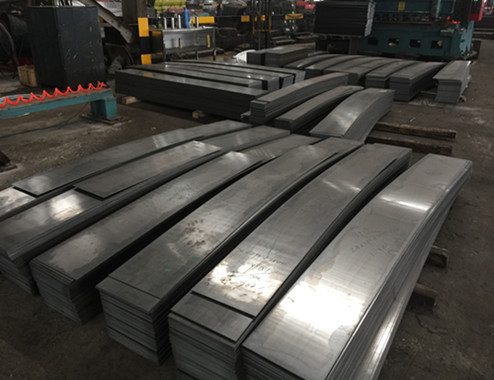
Martensitic stainless steel contains a high carbon content (0.1-0.12%), chromium of around 10.5-18%, and magnetic properties. This stainless steel grade undergoes hardening via heat treatment because of its high carbon content.
Therefore, they are applicable in scenarios that require the strength of stainless steel, anti-resistance, and machinability. There are many types of martensitic stainless steel grades. Below are the common ones in rapid prototyping.
· Grade 431
Of the martensitic stainless steel grades discussed here, grade 431 is the most anti-corrosive. When subjected to heat treatment such as tempering, it becomes hardened and very anti-corrosive. Consequently, in fabricating products used in freshwater
· Grade 440
Grade 440 steel has three variants (440a, 440b, and 440c). They are hard high carbon steel with high tensile strength and wear resistance after heat treatment. They are also resistant to acids, alkalis, and freshwater. Consequently, they are applicable in situations that involve such situations.
· Grade 416
Grade 416 stainless steel is one of the most machinable stainless steel grades in the article (about 85% machinability). Consequently, it is an important material for fabricating screws, nuts, bolts, gears, valves, and motor shafts.
Duplex Stainless Steels
Duplex stainless steels are new stainless steels with a structure made mainly from an equal combination of ferrite and austenite elements or a 60/40 split. This combination makes for outstanding strength and high anti-corrosion resistance, especially to chloride. They also have anti-stress qualities due to high levels of chromium and molybdenum and a low nickel content which makes them two times stronger than other steel types. They are cost-effective and frequently used in offshore, building, and construction applications. The following are two types of grades of Duplex steels:
- Grade 2304
Grade 2304 stainless steel is popular for its corrosion resistance and high strength properties. They have no molybdenum and are a better alternative to grade 316 stainless steel. They are a common material applicable in fabricating products used in the food and beverage industries.
- Grade 2205:
Grade 2205 stainless steel combines the properties of the ferritic and austenitic stainless steel grades. It has a high content of molybdenum and chromium, which shows its corrosion resistance properties.
Precipitation Hardening Stainless Steel
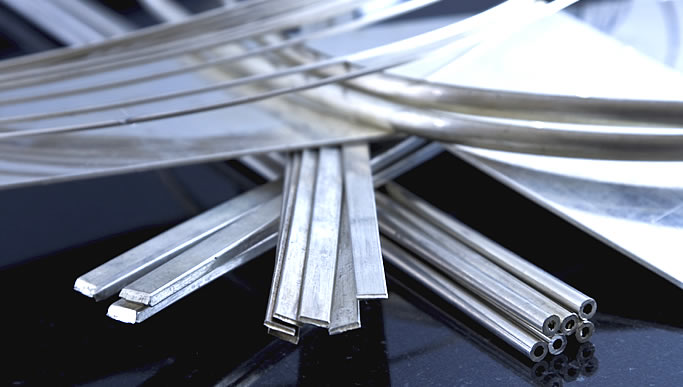
Precipitation Hardening stainless steel is either martensitic or austenitic. They are also heat treatable, easy to fabricate, magnetic, and very strong. The grades are identifiable by the percentage composition of nickel and chromium. Listed below are common types of precipitation-hardening stainless steel grades.
· 17-4PH (17% chromium, 4% nickel)
This type of stainless steel contains 17% chromium and 4% nickel. It has wide applications in the food industry due to its anti-corrosive properties. It is also applicable in larger settings, such as making blades in airplane turbines or other mechanical parts.
· 15-5 PH (15% chromium, 5 % nickel)
This type of stainless steel contains 15% chromium and 5% nickel and shows stainless steel properties that encompass the two materials. It is widely applicable in making airplane parts, valves, gear, shafts, petroleum, and nuclear reactor parts.
How to Choose the Right Stainless Steel Grades

Stainless steel has various grades. Consequently, it has various application choices. However, choosing the suitable grade of stainless steel for your specific project can be challenging. Therefore, this section will act as a stainless steel material selection guide to highlight the various factors that will help choose the stainless steel grades.
· Consider the Welding Process
For any process that requires stainless steel materials with good welding ability, austenitic stainless steel grades are a good choice. This is because of their low carbon content.
Ferritic steels such as 409 and 430 are equally suitable for welding. However, martensitic steel is an inferior choice for welding because it is weak, fragile, and tends to crack.
· Consider the Formability
For processes that require stainless steel with good formability, austenitic grades such as 316, 304, and ferritic such as 430, and 409 are good choices. Martensitic has poor formability because it is weak and brittle.
· Resistance to Corrosion
Amongst other stainless steel grades, the austenitic stainless steel grade has a high resistance to corrosion because it contains chromium and molybdenum in large quantities. It is suitable for outdoor use of stainless steel exposed to weather and other elements. Ferritic and martensitic are cheaper options compared to austenitic in anti-corrosion.
· Heat Treatment
Heat treatment is an essential factor when trying to select a good grade for a specific project. 17-4 PH, martensitic can undergo heat treatment. However, austenitic, and ferritic cannot withstand the heat associated with heat treatment.
· Give Importance to Mechanical Properties
The mechanical properties of stainless steel are an essential factor in selecting the suitable steel to use for a specific purpose. Before choosing, prioritize properties like strength, toughness, temperature, ductility, and malleability.
· Cost-effectiveness and Availability
When choosing a suitable grade, quality is essential. You can go for a grade that has good corrosive resistance, is readily available, is low in cost and has good quality. Austenitic is a suitable choice in terms of quality, but it is more expensive than other variants, making it not readily available.
With a vast range of quality stainless steel materials, we at RapidDirect offer our numerous clients around the globe their money’s worth. This is not only in superior materials but also in professional finishing solutions that guarantee you have the best quality for use for your projects. Consequently, we are one of China’s leading online rapid prototyping service providers.
In addition to having a competent and devoted team of experts who work around the clock to ensure optimum satisfaction for our clients. We offer superior CNC Machining, 3D Printing production services, Sheet Metal Fabrication, and Injection Molding services to actualize your project needs.
Common Uses and Applications of Stainless Steel
Stainless steel has a wide range of applications in many industries. Below are some uses of stainless steel products made from rapid prototyping.
· Food Industry
Stainless Steel is used to produce culinary products like sinks, cutleries, plates, and cookware. It is suitable for this purpose because of its anti-rust/corrosive property and aversion to microbial growth.
· Medical Sector
Another important use of stainless steel is in the medical field. Here it is applicable in making equipment used in surgery. For example, it is used in surgical implants applicable in replacing a broken bone and also implant equipment.
· Aerospace and Automotive Sector
Stainless steel is an important material used in making parts of aircraft and vehicles. When properly fabricated using precision, stainless steel is easily applicable in such scenarios.
· Others
Stainless steel is also applicable in other scenarios such as in making cookware, lighting, and other products. This further shows the versatility of the materials and how important it is in rapid prototyping.
FAQ
The material properties of stainless steel are responsible for its anti-rust properties. Elements such as chromium can inhibit the ability of stainless steel to interact with the environment.
It depends on your need and where you want to apply it. Grade 316 stainless steel is known for its high corrosion resistance properties, so it is the best choice for applications exposed to chlorine, chemicals, and environmental conditions.
The life span of stainless Steel is relative because it depends on certain factors such as how and where it is used and the element it comprises. Stainless steel can last anywhere from 20 years to over a thousand years.
Conclusion
Stainless steel materials play an essential role in the manufacturing industry. The type of stainless steel used depends on several factors, such as the stainless steel material properties and stainless steel grades. To fully understand this, this article acts as a stainless steel material selection guide. It highlights the different types of stainless steel, their grades, and their properties. It also features a guide on choosing the right steel type for you.
